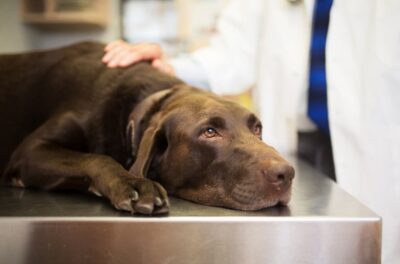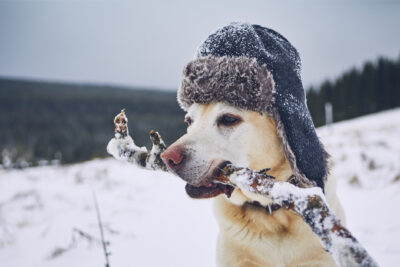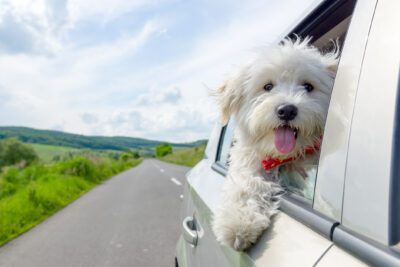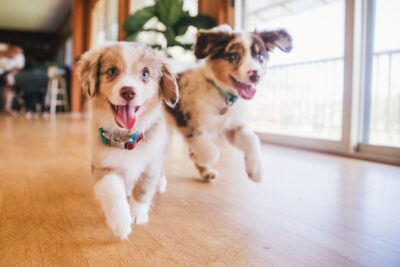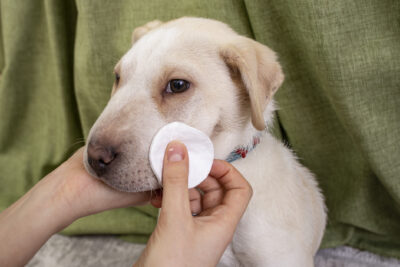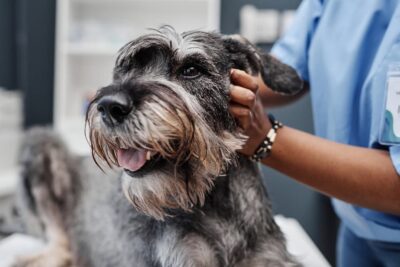Burned Dog Paws: 7 Tips to Avoid Injuries

Summertime means sunshine and outdoor play for both people and their pets. However, summertime also means hot days and even hotter surface temperatures. In addition to ensuring our dogs stay cool and well hydrated during summer play, it’s also necessary to be aware of another common warm-weather pet hazard — hot surfaces that can lead to burned dog paws.
While our dog’s paw pads are thick and tough, they aren’t shoes and are susceptible to burn and injury when in contact with hot surfaces, especially for longer periods. Continue reading to learn some ways to identify burnt dog paws, common causes of dog paw burns, treatment for burned dog paws, and how to prevent your dog’s paws from burning.
Dog Paw Burns: What Are They and How Do They Happen?

A dog’s paw pads are composed of sheets of specialized keratin (aka skin cells) to form thick cushions that protect your dog’s feet and provide traction. Although paw pads are durable and less sensitive than the rest of a dog’s skin, they are composed of skin cells and experience wear and tear like the rest of the body.
A paw pad burn occurs when the outer layer of a dog’s paw pad is exposed to extreme heat or caustic agents, destroying the skin cells starting from the outermost skin layer and moving deeper. Dog paw pads are most commonly burned in the summertime from walking on hot surfaces like concrete sidewalks or asphalt roads.
Paw pads can also be burned from walking on tennis courts, outside decks, around the edge of a pool or any other surface exposed to the intense summer sun. The longer a dog stands or walks on a hot surface, the more likely they will experience a burn and the worse it will become.
Other less common causes of paw pad burns are walking through chemical spills, walking over coals from a camping fire or being caught in a fire.
Surface temperatures can be 40 to 60 degrees warmer than ambient air temperatures. For example, asphalt and concrete can reach 125 degrees in direct sunlight at temperatures as low as 77 degrees. This is warm enough to burn a dog’s paw pads, especially if they stand and walk on it for more than a brief moment.
What Do Burnt Dog Paws Look Like?

Dogs often ignore or mask discomfort if it means spending more time outdoors with their humans. Even when their paw pads are burning, owners often don’t notice until afterward, once the pain has become so intense their dog can no longer hide it, or when you return home and your dog starts whining or licking at their feet.
Signs of burned dog paws include:
- Limping
- Refusing to walk
- Holding a paw abnormally
- Licking at the paws excessively
- Whining or yelping
If you notice these signs, carefully examine your dog’s paw and pads. A paw pad burn will look like a red, ulcerated area on the pad. Paw pad burns can also appear like fluid-filled blisters on the pads, which will later burst open.
In some cases, the paw pad will simply look more red than average, then a few days later, the affected skin will slough off, leaving a red, painful ulcer in its wake.
Treatment for Burned Dog Paws

If you noticed your dog has paw pad burns shortly after you were playing outdoors on a hot day, immediately rinse their paws or have them stand in a cool bath for 10 to 15 minutes. This will cool the skin and help keep the burn from worsening.
Then, examine the paw pads closely to determine whether the burn is mild or needs medical attention. Mild first-degree burns will just be red and irritated, but the skin remains intact. If your dog has open ulcers or blisters, you should take them to the veterinarian immediately, especially because they may need pain medications as burns can be very painful.
You can treat minor paw pad burns at home. Here are some steps to do this:
Step 1: Start by gently cleaning the burn with a mild antibacterial dish or hand soap and water. Do not use harsh substances like hydrogen peroxide or vinegar, as that can further irritate the painful burn.
Step 2: Apply an over-the-counter triple antibiotic ointment to help soothe the skin and prevent infection.
Step 3: You can gently wrap the paw to help your pet feel more comfortable and prevent licking, just be careful not to make the bandage too tight. Bandages must be removed and changed daily so you can check the burns to ensure they are healing appropriately, reapply ointment and ensure the bandage is not cutting off circulation to the paw.
If your dog bites or licks at their paws or bandages, an Elizabethan collar (aka the cone of shame) should be applied until the burns are healed. Minor burns should be fully healed in seven to ten days. During that time, it’s important that the dog stays rested and limits time on their feet.
When to See a Veterinarian
In the case of more severe burns that are ulcerated, oozing or blistered, a veterinarian will need to see your pet. They will usually prescribe pain medications to keep your pet comfortable and antibiotics for deeper burns to help prevent infection. Your veterinarian may apply bandages to the paws and will probably send your dog home in an Elizabethan collar.
Again, it will be essential that your dog does not lick or chew at their paw pads, as that can delay healing and cause infection, and they should be rested to allow the skin to heal.
How to Protect Dog Paws From Hot Pavement
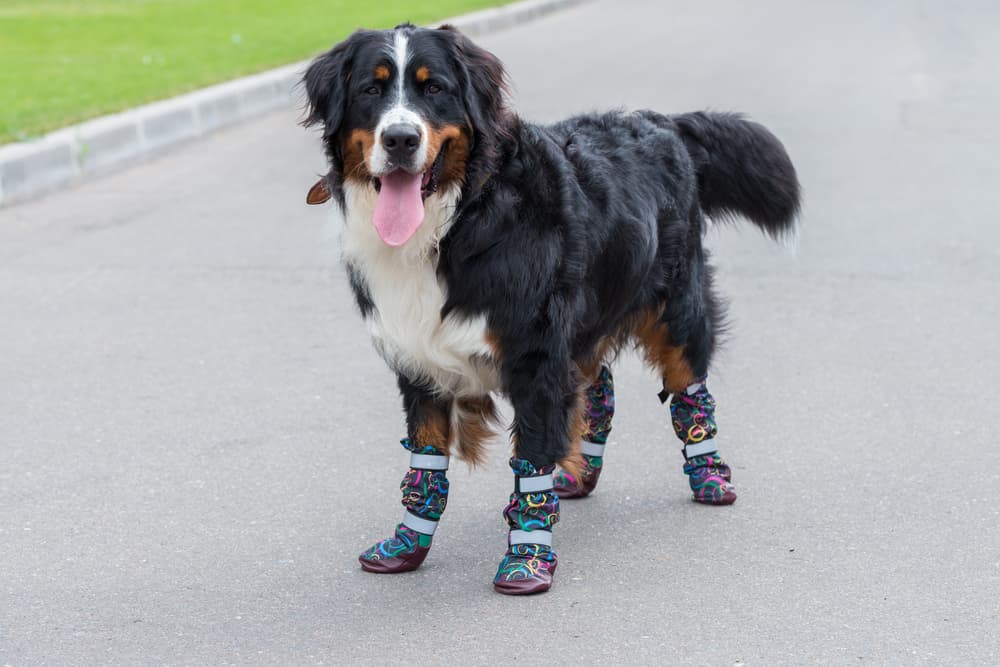
Hot summer days do not mean your dog has to sit at home. Keep your playtime from turning into a series of unfortunate events by taking these simple steps to avoid paw pad burns:
Seek out shade. Stick to well-shaded or grassy walking paths for outdoor play time in the summer.
Check surface temps. Check surface temperatures before taking your dog on a walk using the palm of your hand. If the surface is too hot for you to leave your palm down for more than ten seconds, it’s too hot for your dog’s paws.
Opt for morning walks. Walk your dog early in the morning, before the sun has had time to heat the pavement, or later at night after the sun has set and the surface temperatures have cooled.
Stick to light surfaces. Avoid dark surfaces like black asphalt, which tends to heat up very quickly in direct sunlight.
Try protective dog gear. Buy booties or shoes for your dog to protect their paws from hot surfaces or rough terrain.
Play in the water. Consider water-based activities like swimming instead of walking or running on hot days.
Apply paw protection. Apply paw butter to help moisten paw pads and keep them healthy.
